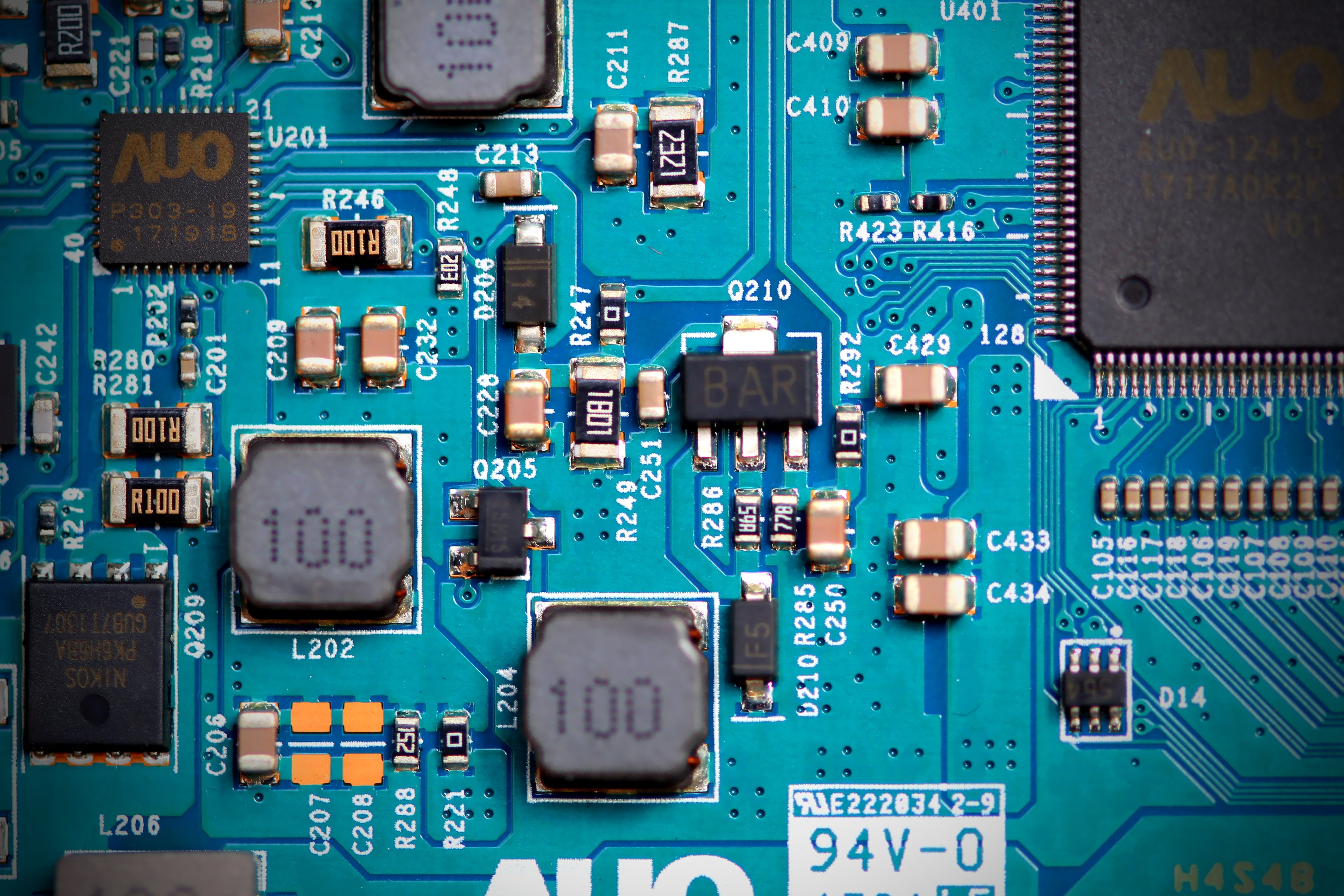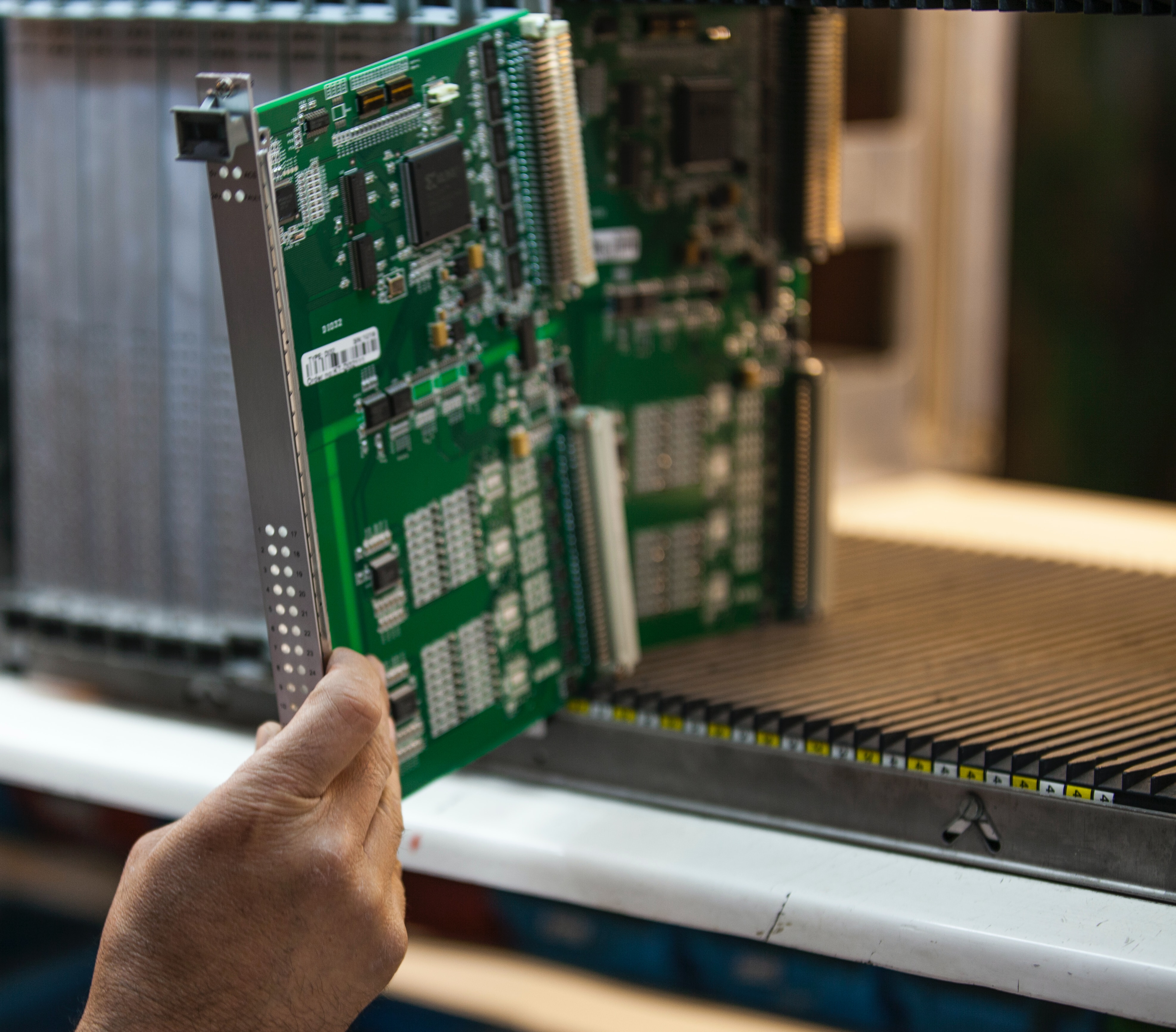In this month’s Sensible semiconductor news update, we’re taking a look at some of the big news stories impacting the electronic components industry, including:
- ARM Warns Global Skills Gap Is at “Tipping Point”
- Creating Semiconductors From Diamond Wafers
- Diamond Microparticle to Prevent Counterfeiting
- Dissolving Circuit Boards
- TSMC, Bosch, NXP, and Infineon Announce Joint Venture
- Semiconductor Shortages Easing; Some Now Have Excess Supply
Arm Warns Global Skills Gap Is at “Tipping Point”
Arm has warned of a global skills gap in the semiconductor industry. The chipmaker has unveiled a new education program, the Semiconductor Education Alliance (SEA), to combat the continued shortage. SEA’s goal is to share resources, accelerate training pathways, and promote the industry through partnerships between industry, academia, and government.
Arm officials say the industry is at the tipping point where innovation may be stalling, and the solution requires industry-wide collaboration to impact the skills gap. SEA has support from major companies including:
- STMicroelectronics
- Synopsys
- Taiwan Semiconductor Research Institute
- Cornell
- Southampton University
Creating Semiconductors From Diamond Wafers
Chiba University in Japan is testing a new methodology to create semiconductors from diamond wafers using lasers.
Diamonds are an excellent semiconductor material because carbon in diamond form has a very wide band gap, allowing more efficient functioning at high voltages, frequencies, and temperatures compared to silicon. The wide band gap is why silicon carbide demand has surged, but diamond's band gap is even wider.
However, diamonds in this application are brittle and crack easily.
Japanese researchers have developed a laser technique to slice diamonds into high-quality wafers cheaply. The process controls the formation of cracks so they occur along the desired plane. The researchers used the laser to create a grid-like pattern of crack-prone regions in the diamond. This laser diamond wafer cutting method could be a breakthrough if it proves viable — and affordable —for mass production.
Diamond Microparticle to Prevent Counterfeiting
The growing problem of counterfeit products globally poses serious threats to economic security and safety. But, researchers in Asia may have a solution. They are developing anti-counterfeiting materials using diamond-based physical unclonable functions (PUFs).
PUFs are devices that exploit randomness in manufacturing to produce what they say is a unique, unclonable fingerprint that can be attached to a physical object.
The researchers created diamond microparticle PUFs and suggest they can provide a higher level of confidence to counter increasingly sophisticated counterfeiting technologies. The diamond PUFs are inherently unclonable according to researchers, providing a more reliable trust method for authenticating products.
Dissolving Circuit Boards
Semiconductor manufacturer Infineon is evaluating an environmentally friendly circuit board material called Soluboard, which was developed by a UK startup. Soluboard is made from natural fibers enclosed in a non-toxic polymer that dissolves in hot water, leaving behind only compostable organic material. This makes it recyclable and lower carbon than typical glass-reinforced epoxy resin laminates used in printed circuit boards (PCBs).
Infineon is currently testing the product for demos and evaluations. The company has shared small quantities with select customers and aims to make Soluboard products available in Q4 2023. The biodegradable nature is more sustainable than traditional PCB materials with a reduced carbon footprint.
TSMC, Bosch, NXP, and Infineon Announce Joint Venture
As the European Union takes steps to grow its semiconductor manufacturing capacity to reduce dependency on Asian countries and reduce supply chain concerns, efforts got a big boost as TSMC, Bosch, Infineon, and NXP announced a deal to build a €10 billion ($11 billion) chip plant in Dresden, Germany.
Germany has also announced €5 billion ($5.5 billion) in subsidies for the joint venture, which is waiting on EU approval. The EU has already committed €43 billion ($47 billion) in public and private investment to boost semiconductor manufacturing as part of the European Chips Act.
Construction is set to begin in the second half of 2024 with production by 2027.
Semiconductor Shortages Easing; Some Now Have Excess Supply
While recent improvements in chip production and supply have eased shortages, underlying issues constraining electronics components remain unresolved for the near term. Despite some inventory rebuilding, an imbalance persists due to increased buying and forced deliveries from long-term agreements signed during the shortage. OEMs and contract manufacturers now have a surplus of some parts but still lack the others needed to complete production.
Economic uncertainty has led some companies to wait on the sidelines, slowing production in early 2023 as they absorb or sell excess inventory. So, companies are expected to spend much of 2023 working through surplus components. Until production capacity expands and economic conditions improve, lingering shortages of critical chips will constrain electronics. Though the situation has moderately improved, the electronics supply chain has not fully recovered. Fundamental factors driving shortages like limited fabrication capacity need addressing for robust, long-term relief.
Stay informed with Sensible Micro with the electronic component news you need to prepare for what’s ahead.
News Sources:


















